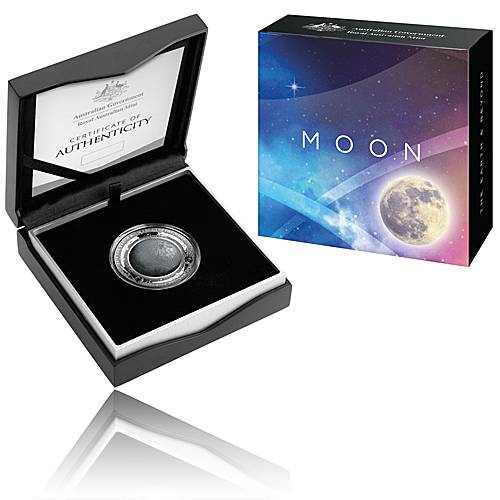
# The Explosive Chemistry Behind Fireworks 🎇
Ah, fireworks — stunning displays of color and light that accentuate our celebrations, leaving us mesmerized (and causing our pets, especially cats, to hide). While most enjoy watching fireworks for their vibrant shows, there’s an extra level of understanding if you have a passion for chemistry. What’s happening behind the scenes — or more precisely, within the shell — is a harmony of chemical reactions that transform simple elements into a spectacular visual delight. So, let’s explore the chemistry that drives this magnificent display.
## Atoms, Molecules, and Their Selfish Nature
Before we fully engage with fireworks, we must discuss the overall nature of chemical reactions, particularly explosive ones. Chemical reactions take place when elements combine or separate, releasing energy. These reactions are primarily influenced by how much **atoms** wish to retain their electrons.
Picture yourself at a gathering, and someone present is extremely possessive — they dislike sharing their belongings. This accurately describes how atoms operate, especially as you approach the upper right-hand corner of the periodic table (e.g., oxygen, chlorine, fluorine). Their “selfishness” is measured by **electronegativity**, indicating how strongly an atom attracts electrons in a bond. **Fluorine**, for instance, ranks as the most possessive, unwilling to collaborate.
However, when you compel these possessive atoms to bond with one another, it can resemble seating two adversaries next to each other at that same gathering — the tension becomes nearly intolerable. They **truly** want to separate, and when they do, they often release an enormous amount of energy. In specific scenarios, this results in explosions, making these molecules the turbulent elements of fireworks.
## Chlorine Trifluoride: A Cautionary Tale 💥
One notably discontented molecule that highlights this behavior is **chlorine trifluoride (ClF₃)**. This chemical compound is so eager to react that it becomes explosively reactive with nearly everything — water, concrete, wood, and even asbestos. This substance is notorious for being so perilous that even the Nazi scientists, who first developed it as a weapon, deemed it too hazardous for use.
While chlorine trifluoride is an extreme case, it demonstrates a broader principle: molecules composed of greedy, electronegative atoms — such as chlorines, fluorines, or oxygens — don’t stay “calm” for long. Sometimes they require merely a small spark (which plays a crucial role in fireworks) to release a massive amount of energy, resulting in a chemical reaction that generates both heat and light.
## The Role of Oxygen: Fireworks’ Critical Player 🔥💨
Remarkably, one of the most crucial elements in creating fireworks’ explosive effects is something we inhale every moment — **oxygen**. In its molecular form (O₂), oxygen gas comprises two oxygen atoms linked by a relatively robust **double bond**. Breaking this bond necessitates an intake of energy, which slows down reactions under regular conditions. Nevertheless, once energy is initiated, whether through heat or a spark, oxygen can react with **fuels** (usually carbon-based compounds like charcoal or powdered metals in fireworks) very vigorously. The products of this combustion are **water**, **carbon dioxide**, and an impressive amount of heat and gas, which generates the sounds and initial explosion that propel the fireworks skyward.
In more reactive forms, though, oxygen’s instability creates significant challenges. Enter the **peroxide** family, where two oxygen atoms are bonded by a **single bond**. These molecules are far easier to dismantle, leading to more violent and unstable reactions. A prevalent example is **hydrogen peroxide (H₂O₂)**, which in lower concentrations is relatively safe (consider what you might have in your medicine cabinet). However, at higher concentrations, hydrogen peroxide becomes highly dangerous, potentially releasing oxygen gas in an explosive manner.
## Explosives and the Oxidizer-Fuel Relationship
The essential reactions in fireworks are heat-releasing redox reactions, which involve the transfer of electrons between substances. In the simplest terms, you need two primary components:
1. **Oxidizer**: A chemical abundant in oxygen (like nitrates, chlorates, or perchlorates) that can supply oxygen atoms to facilitate fuel combustion.
2. **Fuel**: A compound, typically carbon-based like sulfur or powdered metals (e.g., magnesium), which reacts with the oxidizer to create heat, gas, and light.
### Nitrates Vs. Perchlorates
For many centuries, one of the main oxidizers utilized in fireworks was potassium nitrate (KNO₃), the key ingredient in **gunpowder**. When heated, nitrate releases its oxygen to support combustion, producing the characteristic fizzing